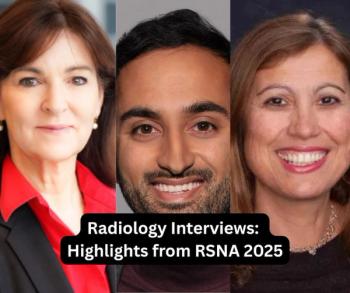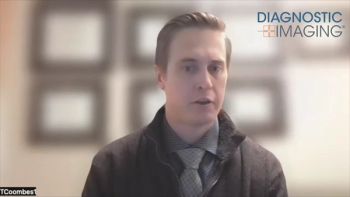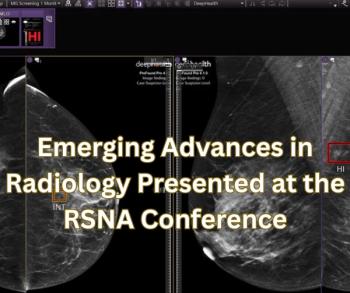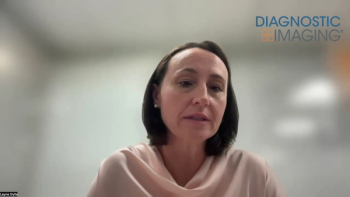
Speak Now About USPSTF Breast Cancer Screening Recommendations
USPSTF released a draft recommendation statement on breast cancer screening; little has changed since the last statement in 2009.
The United States Preventive Services Task Force (USPSTF) posted their draft recommendation regarding breast cancer screening and is asking for public comment until May 18, 2015 at 8:00 PM EST.
Despite pressure from breast cancer screening proponents who want the recommendations to include annual mammography screening for women starting at age 40, the USPSTF guidelines largely mirror the 2009 recommendations of biennial screening for women ages 50-74.
The recommendations state that there is “adequate evidence that mammography screening reduces breast cancer mortality in women ages 40-74 years.” Women ages 40-49 benefit the least from mammography screening, and women ages 60-69 benefit the most, according to the rationale. The USPSTF also cited “adequate evidence that screening for breast cancer for mammography results in harms for women ages 50-74 years.” The most important harm, according to the rationale, is the “diagnosis and treatment of noninvasive and invasive breast cancer that would otherwise not have become a threat to a woman’s health, or even apparent, during her lifetime (i.e., overdiagnosis and overtreatment.” The rationale cited psychological harms and unnecessary invasive testing that accompany overdiagnosis and overtreatment.
The USPSTF was unable to come to a conclusion about the balance of benefits and harms of tomosynthesis as a primary screening modality for breast cancer. They similarly cited no adequate evidence for benefits and harms of adjunctive screening for breast cancer using ultrasound, MRI, tomosynthesis, or other modalities in women identified to have dense breasts or a negative screening mammogram.
“While there is some information about the accuracy of these modalities, there is no information on the effects of their use on health outcomes, such as breast cancer incidence, mortality, or overdiagnosis rates,” the recommendation states.
This is only a draft of the recommendations. Public input will be accepted until May 18, 2015 at 8:00 PM EST. A final recommendation will be developed after careful consideration of the feedback received, according to the USPSTF. Make sure to voice your concerns during this period. Read the full recommendation
Summary of the Guidelines:
Newsletter
Stay at the forefront of radiology with the Diagnostic Imaging newsletter, delivering the latest news, clinical insights, and imaging advancements for today’s radiologists.




























